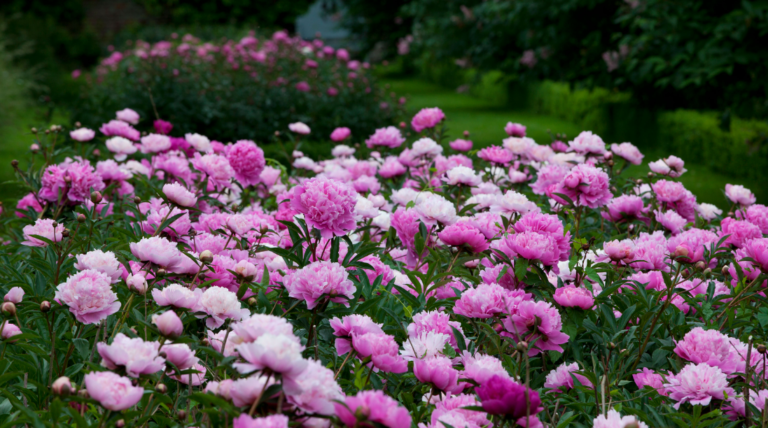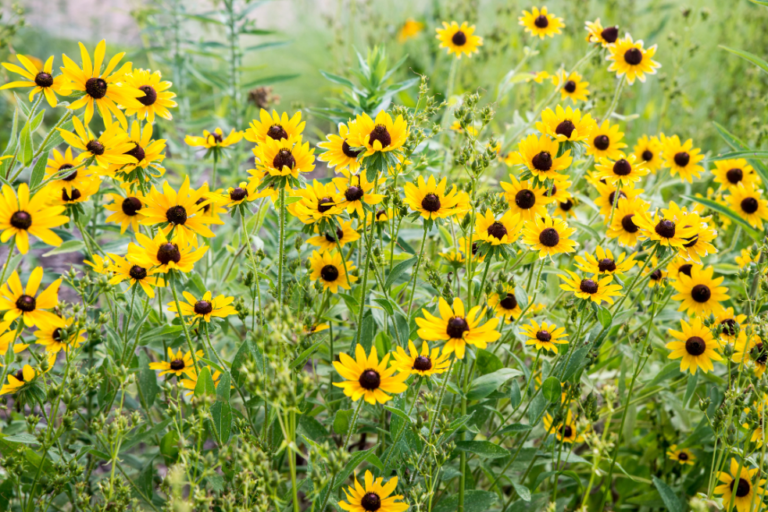Garden obelisk
DIY COTTAGE GARDEN OBELISK
I am so excited to start doing DIY projects to go in our outdoor spaces for the season! I had the idea to create a cottage garden obelisk for our garden and Jose was kind enough to build one [or three] for me! While we have many structural supports for our garden plants, an obelisk is one that I have been wanting to add, as I love their unique shape so much!
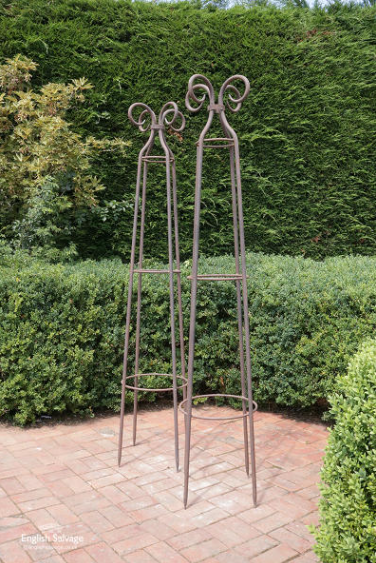
DIY COTTAGE GARDEN OBELISK
I am so excited to start doing DIY projects to go in our outdoor spaces for the season! I had the idea to create a cottage garden obelisk for our garden and Jose was kind enough to build one [or three] for me! While we have many structural supports for our garden plants, an obelisk is one that I have been wanting to add, as I love their unique shape so much!
A garden obelisk is a tall structure with a pyramid-like shape used as a decor and also plant support. An obelisk can vary in style but each has a common taper at the top. As you can see our garden needs to be cleaned up and isn’t close to being planted yet, but once we start planting I’ll let you know what we decide to grow on the obelisks. Lots to do in the garden yet. These photos show the work we have to do in here & were taken a few different days so the lighting is weird, sorry about that!

Cutting legs
Rip two 1 × 4 cedar boards in half to make a 1 x 1 3/4. These will be the legs of the obelisk.
Set your Miter saw to 15 degrees. Cut each of the previously cut 1 x 1 3/4 to 6 feet. Each end is cut parallel to one another (/ /)
Installing Legs
Attach each leg to the post cap. Using two 2 ″ Trim Head GRK Screws, drill through the top of the cap down onto each leg.
Lay the obelisk on the ground.
Installing Button Rung
Measure, from the bottom up, and mark 18 inches on each leg. This is going to be the bottom ring of the obelisk.
Set the miter to 7 degrees. Cut a 1 x 2 to 17 inches with each end cut mirroring one another .
ng Top Rung
From the bottom of the post cap, measure down and mark 8 inches on each leg.
Set the miter saw to 7 degree. Cut the 1 x 2 to 6 inches with each end cut mirroring one another (/ \).
Using a nail gun with 1 1/2 ″ nails, nail the ring in place with the long edge lining up with the 8 ″ mark on the leg.
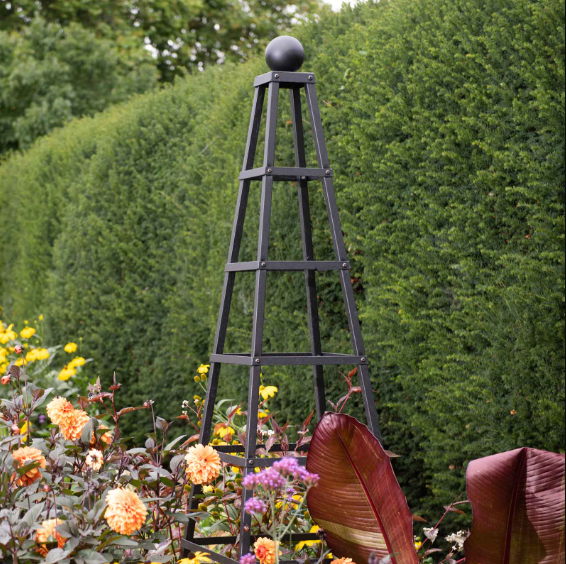
Repeat all rung steps on opposite side of obelisk
Now the two opposite sides are complete stand up the obelisk.
The remaining open sides, all the rung steps are the same, however you will add 1 1/2 ″ to the length of each rung, in order to cover the total width plus the thickness of the two rungs previously installed.
Top Decorative Piece
This could have been done earlier in the build, however I like the idea of finishing the obelisk with a little decorative cherry on top. We used a pre-built decorative post topper. Find the center of the Post Cap, drill a hole and screw the topper in place.
Screw Reinforcement
Using 2 ″ Trim Head Screws, reinforce all joints. I screwed from the inside to keep the outside looking a little more seamless, but either way keep the structure a little more sound with trim head screws.
From left to right – available in a range of sizes and painted any color:
240cm Large Obelisk painted Railings by Farrow & Ball displayed with white flowers of Rambling Rector Rose.
195cm Sweet Pea Design Obelisk painted White by Farrow & Ball with crimson flowers of Clematis Rebecca.
230cm Wooden Garden Obelisk painted Citrine by Little Greene Paint Company.
210cm (7 feet tall) Large Oak Garden Obelisk with vivid red flowers of Chevy Chase Rambling Rose.
If the raised garden beds looks familiar, they should – they are the raised bed corners, and in-line connectors – height is 10”. I recommend these corners to all my friends who start their gardening journey. Our boards are redwood that I attempted painted with diluted milk paint. While ideally it would be best for us to plant in the ground given the extreme summer heats we have, a problem I have is bermuda grass and nut grass.
So without having to add concrete divider in the ground, we’ve been fine so far with the raised beds — and every fall to control any massive nut grass take overs from summer I layer newspaper, new soil and mulch which helps reset my beds before I plant seeds and starters.
I recall learning when I first started gardening seven years ago was to pinch off the flowers. It was a friend’s mother who told me when I showed her the garden, it was just something I didn’t know and had wondered why my basil leaves looked different than when I originally bought them. It shows how we can teach one another at all stages — and I’m still eagerly learning.
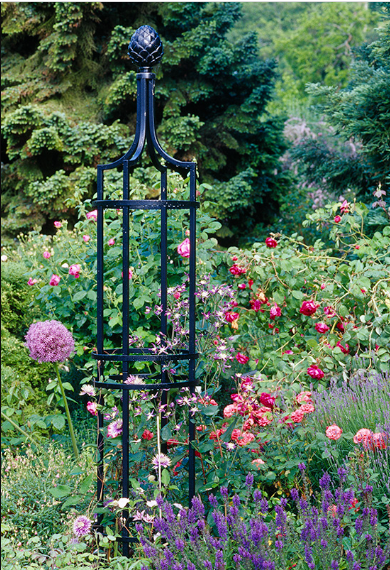
Right now I’m growing artichoke (from starters and some came back and I split them), peppers, nasturtium, green onion, and lots of flowers — I have to space them accordingly knowing by spring the beds will be full.
I mix florals with my vegetables for color, and while it seems odd to have a rose tree in the middle of your raised bed, I love the visual height and color it brings to the beds. I am heavily influenced by French gardens and I collect roses as much as I seem to collect citrus trees.
Since we added peppers this season to the beds, I used these pepper and eggplant stakes (set of 3). They are so helpful to keep them from toppling over. In Phoenix our peppers don’t get incredibly large, maybe fist size but our eggplants do very well!



